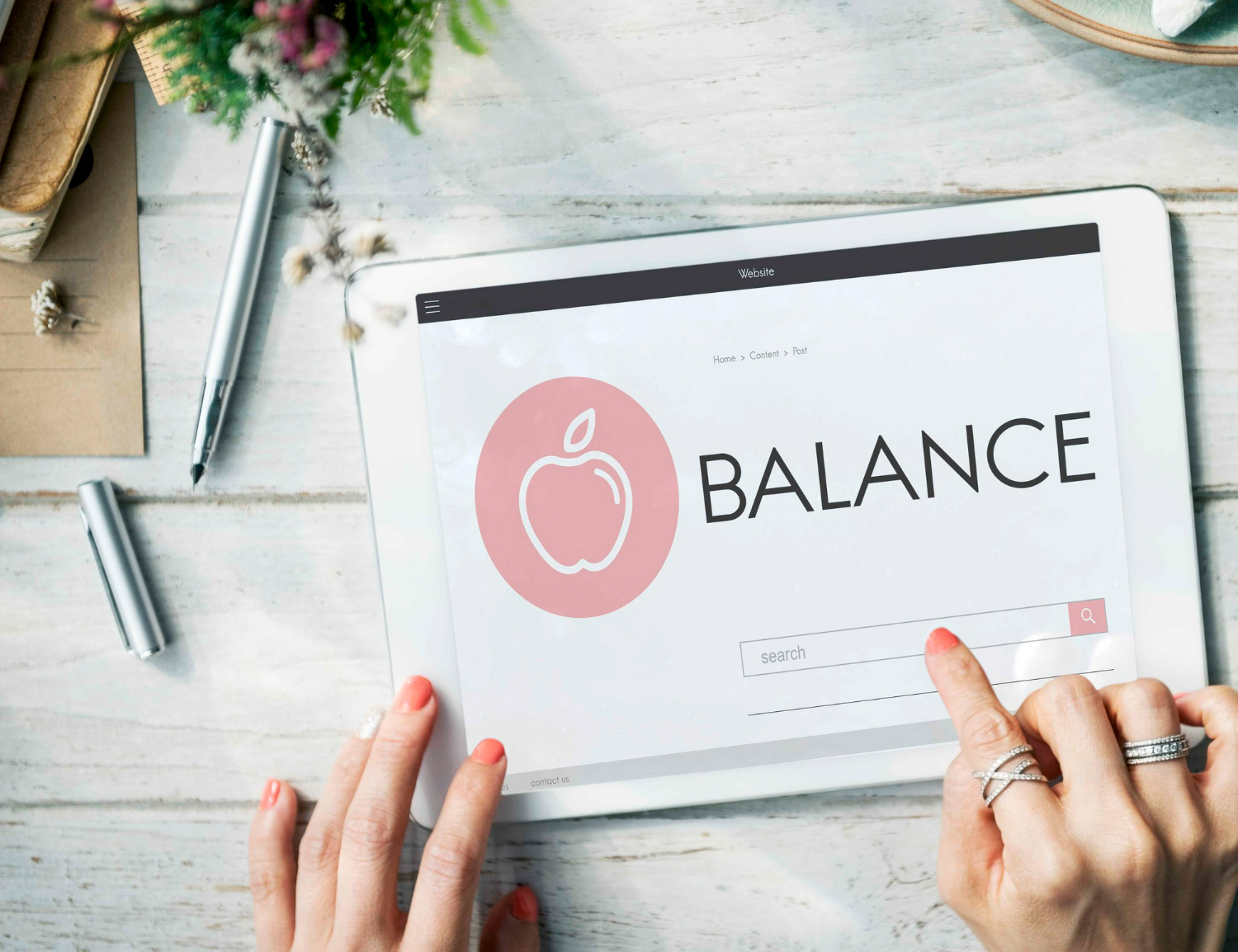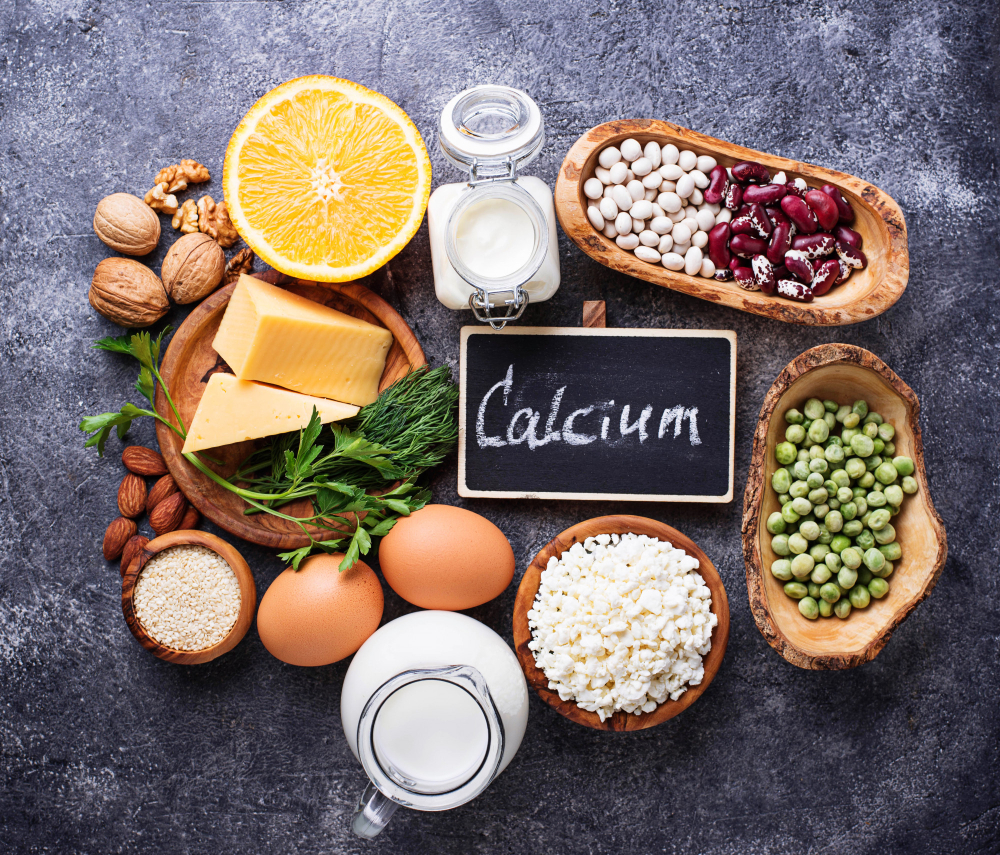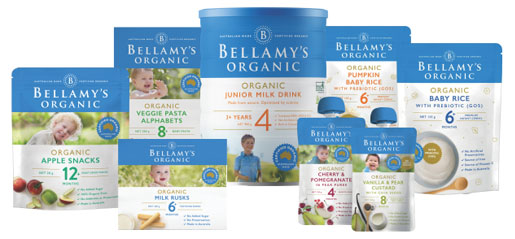What To Do When You Cannot Get Organic Food?
In this era in which everyone has to be cautious of food concerns, organic consumption is indeed the optimal choice. Yet, it is worth noticing organic food is not always available to us anywhere at any time. Here are some useful tips when organic isn’t an option.
1. Choose reliable country of origin
Besides the differentiation deriving from processing and distribution stages, all agricultural products are largely homogeneous if they are produced in the same geographical location.
According to Consumer Reports, you should aim for these very-low-risk produce from these countries, especially when you are stuck in buying conventional food.
| Type of Produce | Countries of Origin |
| Asparagus | Mexico |
| Avocado | Chile, Mexico, or Peru |
| Blueberries | Uruguay |
| Broccoli | US |
| Cabbage | Canada, Mexico, or US |
| Cantaloupe | Honduras or Mexico, avoid those from US |
| Celery | Mexico |
| Cilantro | US |
| Eggplant | Honduras |
| Green onions | Mexico |
| Mangoes | Mexico |
| Mushrooms | Canada |
| Onions | Peru or US |
| Papaya | Belize, Brazil, Guatemala, Jamaica, Mexico, or US |
| Pineapples | Costa Rica, Ecuador, Mexico, or US |
| Prunes | US |
| Spinach | Mexico |
| Sweet corn | Mexico or US |
| Watermelon | Guatemala |
| Winter squash | Guatemala, avoid those from US |
2. Avoid the worst offenders
Even when you have no choice but to stick with conventional food, it is advisable to avoid the worst offenders – which are produces/food with a high tendency to be more pesticide-laden.
Just by doing this, you are saved from consuming some produces/food that are highly toxic due to the farming over-relying on chemical substances (such as pesticide and fertilizers).
The list of the worst offenders according to Environmental Working Group (Dirty Zone 2015 – Shopper’s Guide to Pesticide in Produce) contains apples, celery, cherry tomatoes, cucumbers, grapes, nectarines, peaches, potatoes, snap peas, spinach, strawberries, sweet bell peppers, hot peppers and kale or collard greens.
In addition to this list, Consumer Reports also reports some other high-risk produces
including peaches, tangerines, plums (from Chile, but not America), apples (from the US, but not New Zealand), green beans, bell peppers, hot peppers, and sweet potatoes.
3. Be sure to clean your food
Researchers at Consumer Reports report thorough washing of produce can help effectively discard the pesticides on surfaces. You are recommended to wash fruits and vegetables for 30 seconds under pouring water, even better if using a brush. You are also advised to even wash food that you have to peel off the outside before using to avoid contaminating the food inside.
A further step in cleaning produces/food is to wash with your own produce wash. You can search for how to make one on popular health/lifestyle sites on the Internet.
4. Grow your own. Why not?
If you can afford the time, growing your own organic produce is not a bad decision. Doing so provides joy as a hobby, but also helps a lot consider that high price of organic produce these days.
Reference:
- What to Do When Organic Isn’t an Option? – organic.org: https://organic.org/what-to-do-when-organic-isnt-an-option/
- 12 Fruits and Veggies You Should Avoid (If Buying Non-Organic) – organic.org: https://organic.org/12-fruits-and-veggies-you-should-avoid-if-buying-non-organic/
Featured post
-
05 Diet Plans That Are Good For Your Health
31/07/2022
-
Best Times to Sleep for Adults & Children
01/06/2022








